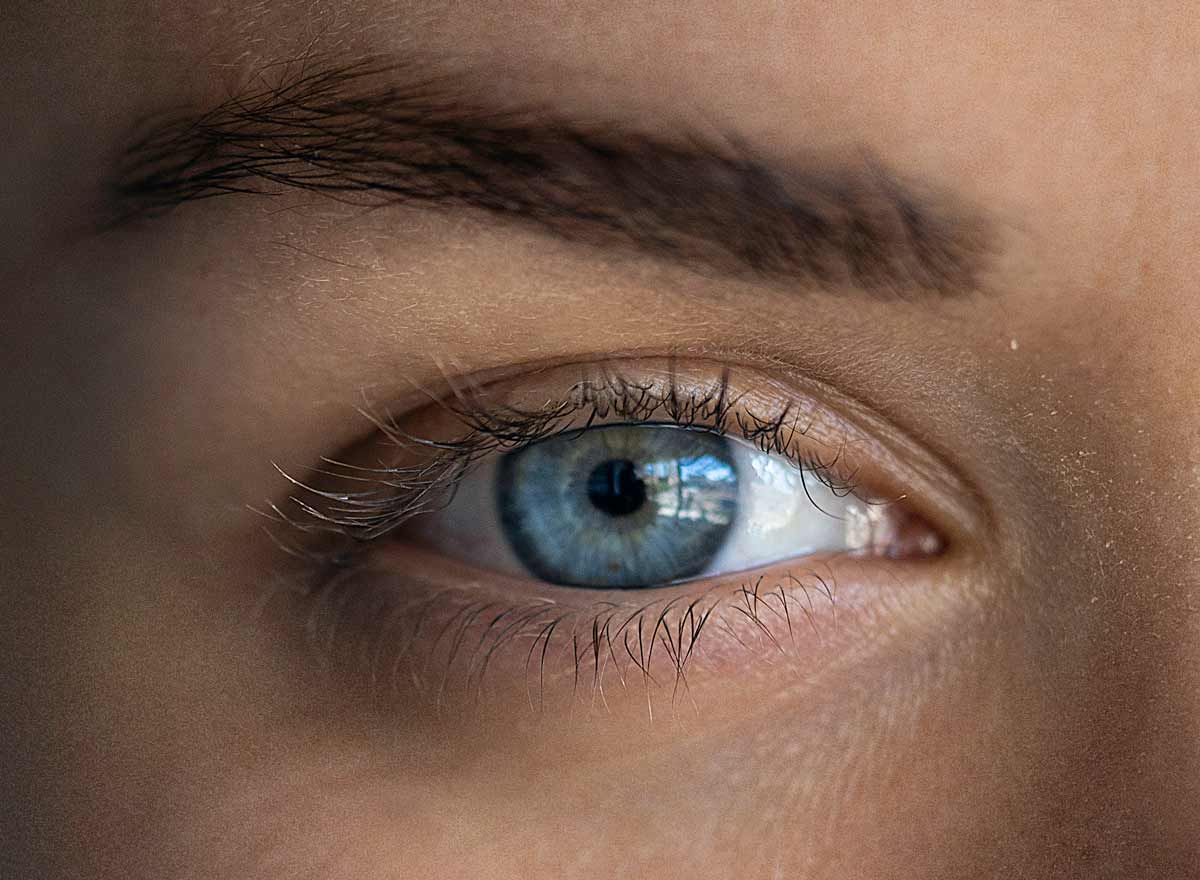 |
| This study found greater efficacy for atropine therapy in light-colored eyes, in contrast to other research that found the opposite. Photo: Getty Images. |
Myopia management has become more and more widespread with an uptick in recent studies demonstrating effectiveness of various methods. Pharmacologic atropine treatment has been adopted and certainly shows some level of efficacy, despite different dosages resulting in different efficacy levels. However, most studies conducted testing low-level atropine with efficacious results have almost exclusively involved Asian children.
New research aims to fill this gap, with the aim to demonstrate efficacy of 0.01% atropine in a predominantly white, European population. The Myopia Outcome Study of Atropine in Children (MOSAIC) was double-masked and a randomized controlled trial, including children aged six to 16 years old. Kids were randomly allocated 2:1 to 0.01% atropine or placebo eye drops in both eyes for two years.
The Dublin-based study included 250 enrolled patients, of which 81.6% (n=204) completed the 24-month visit (136 treatment; 68 placebo). The study researchers found baseline characteristics, drop-out and adverse event rates all to be similar between both groups. At 24 months, spherical equivalent change was not different between the groups, but axial length growth was lower in the atropine group. Even further, significant treatment effects on spherical equivalent and axial length were observed in children of white ethnicity, but not those of non-white ethnicity. Interestingly, larger treatment effect was seen in those least affected by COVID-19 restrictions that took place over the course of the trial.
As with other trials, this study saw a good safety profile of 0.01% atropine, only seeing a small number of participants who had mild drop-related discomfort. In the relatively slow progressing population, the level of reduction resulted in modest myopia control, with 24-month absolute effect sizes of +0.10D for myopia progression and -0.07mm of axial elongation. Except for the recently published Pediatric Eye Disease Investigator Group study in the US, which reported no treatment effect using 0.01% atropine, this study falls in line with absolute and relative treatment effects as with other similar studies testing the same dosage of atropine.
In the MOSAIC cohort, myopia progression was slowed by 15.9% and axial length by 17.5%, which are rates similar to Australian, Japanese and multinational studies also conducted over two years. As the authors elaborate, “the similar relative effect sizes, as opposed to absolute effects sizes, are suggestive of a proportional treatment effects of atropine 0.01%, perhaps related to receptor binding.”
An interesting finding of the study is also articulated by the team in their article on the research, noting that “efficacy was influenced by iris color, with significant treatment effects noted in lighter color eyes, particularly blue, but not in brown eyes.” As they explain, this disparity conflicts with prior studies showing significant myopia controlling effects seen in Asian children living in Asia.
Finally, almost two-thirds of MOSAIC trial participants were recruited before COVID lockdowns in Ireland. However, children recruited after the most severe restrictions were lifted showed greatest treatment effect of all participant subgroups, with 40% less refractive progression and 32% lower axial elongation.
Based on the various effects observed in this study, the authors conclude that “effective myopia management may require both an effective therapeutic intervention and optimal behavioral modification.”
Loughman J, Kobia-Acquah E, Lingham G, et al. Myopia outcome study of atropine in children: two-year result of daily 0.01% atropine in a European population. Acta Ophthalmol. September 11, 2023. [Epub ahead of print]. |

